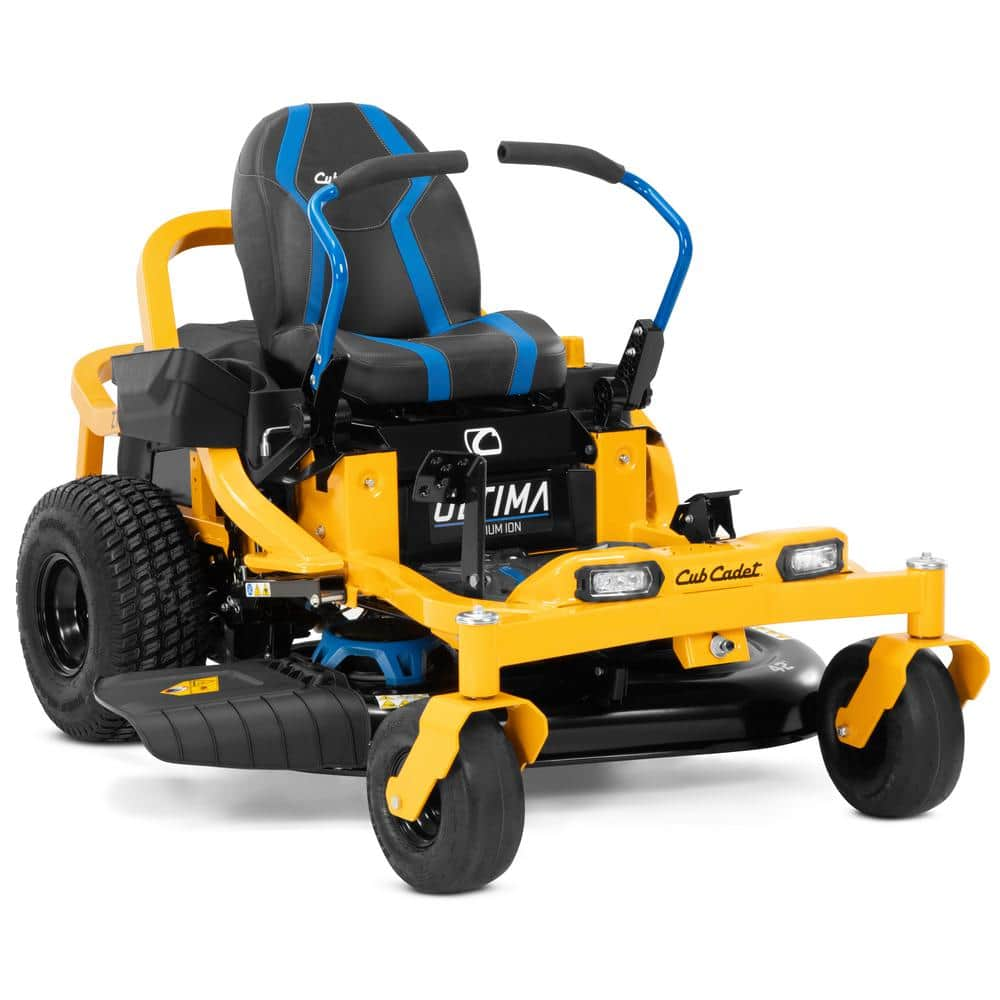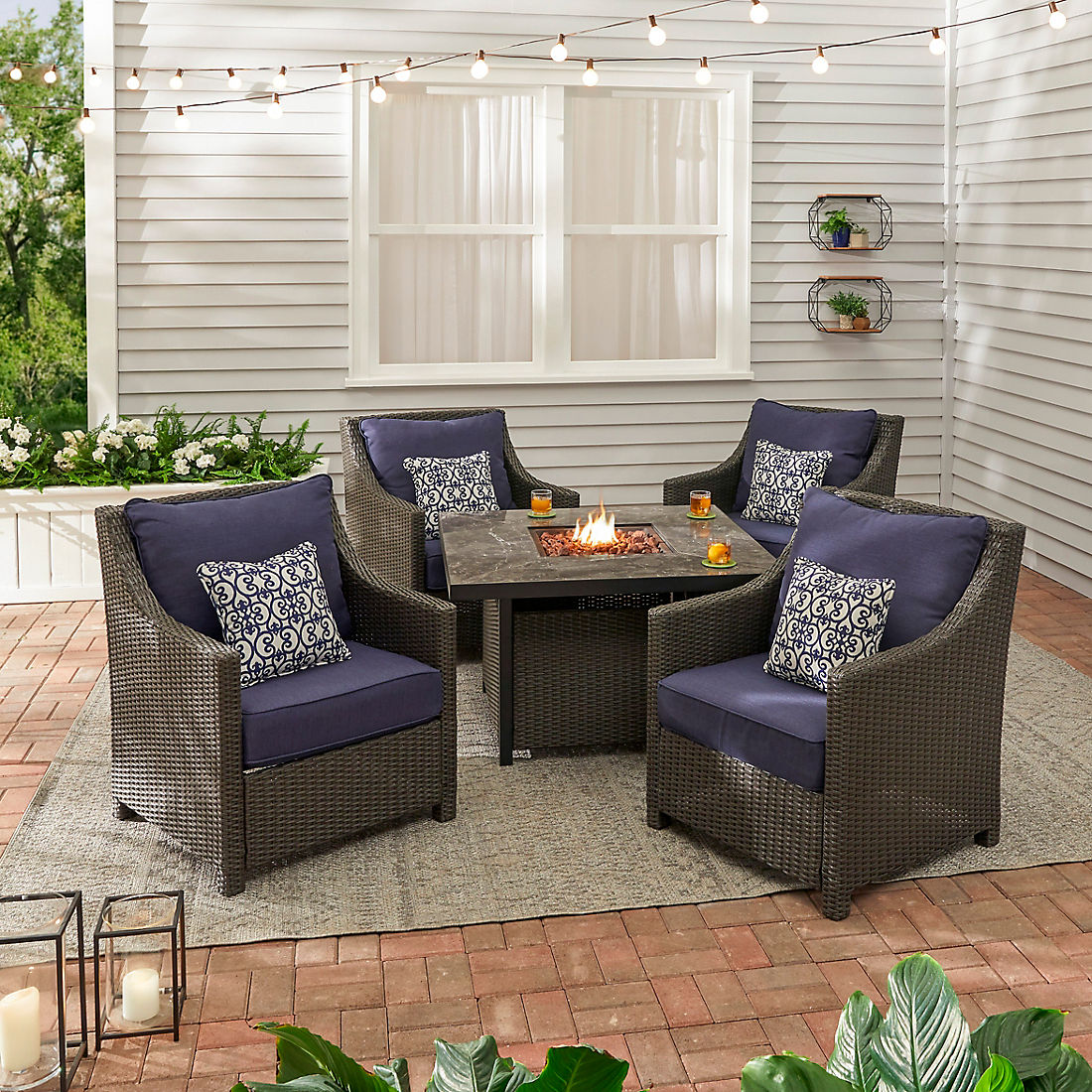The Pioneer Woman White Wood and Metal Potting Bench – 205148031
-
( 5 Reviews )Rated 4.80 out of 5 based on 5 customer ratings05
The Pioneer Woman Plant Kindness White Wood Potting Bench is ideal for any garden task. The spacious work surface on top of the potting bench with the sink gives you enough space to tackle so many of those gardening jobs.
-
John Deere S120 42 in. 22 HP V-Twin Gas Hydrostatic Lawn Tractor
Rated 5.00 out of 501John Deere S120 42 in. 22 HP V-Twin Gas Hydrostatic Lawn Tractor
Rated 5.00 out of 501 -
Berkley Jensen Montauk 5PC Fire Chat Set- Blue
Rated 4.78 out of 509Berkley Jensen Montauk 5PC Fire Chat Set- Blue
Rated 4.78 out of 509 -
Peony, Immaculee Seeds and Plants, Flowers
Rated 4.67 out of 503Peony, Immaculee Seeds and Plants, Flowers
Rated 4.67 out of 503
The Pioneer Woman Plant Kindness White Wood Potting Bench is ideal for any garden task. The spacious work surface on top of the potting bench with the sink gives you enough space to tackle so many of those gardening jobs. Assembly instructions come with the product for convenience. The removable sink is easy to use and clean. The outdoor potting bench is durable to ensure that it withstands the outdoor elements. A set of storage metal butterfly hooks attached to the side of the bench are the perfect thing to keep your favorite trowel, trencher, or other tools in arm’s reach. The white natural wood grain on the boards adds a rustic and natural style to your garden. The retro whitewashing effect wood finish complements a range of outdoor decor for both versatile garden use and stylish entertaining options.
- Material: Wood & Metal
- Durable: Made of Solid wood, metal sink and hooks
- Removable Sink: Metal square bucket for easy watering
- A set of metal hooks
- Ideal for outdoor and indoor use
- Dimensions: 45″Lx23.2″Wx62.3″H”
Additional information
| Features | Removable Sink: Metal square bucket for easy watering A set of metal hooks. |
|---|---|
| Material | Wood,Metal |
| Manufacturer Part Number | PWS106424856010 |
| Assembled Product Weight | 14 kg |
| Assembled Product Dimensions (L x W x H) | 45.00 x 23.20 x 62.30 Inches |






by Jennifer
This is very pretty! It’s made of a very soft wood. Couple of the screws stripped out easily. So far no complaints, but I’ve only had it up for a few days. We’ll see how it holds up against the nasty wind we have here in Colorado
by Stacie
It was so easy to put together. The instructions were great. It took me about an hour to assemble. It’s looks better in person than on the pictures. I love it.
by Paula
it came in a large box and was well packaged. It took about an hour to put together and was very easy.. it looks really good in our outdoor space.
by Stacy
To date I’ve not had one bad thing from the Pioneer Woman line of products and this potting bench didn’t break the streak. Upon opening the box it smells so good of cedar. The whitewash paint is adorable. It’s solid wood. Well worth the money, time and effort to put together. Just love it.
by Johnny
Took a little time to assemble, but once completed, it a beautiful piece. Looking forward to using this for all my plantings and repotting. Have it stationed on a covered patio, to help keep it away from harsh sun and rains. Can’t wait to use it once Spring and Summer come.